Modern weather predication techniques depend heavily on technology.
Doppler radar, weather satellites, historic data and computer modeling provide the meteorologist with a wealth of data to pull from, in order to make an educated guess about what the weather is going to be like over the next several days. Even so, their success rate isn’t anything to really brag about.
The technology doesn’t stop there either. Today’s weather forecasters are able to put out their message via radio, television and the internet; allowing all of us to know what to expect, as well as laugh at their mistakes. About the only way we can remain ignorant of what the experts have predicted, is if we want to be.
But none of those advantages existed for the wagon trains heading west in the 1800s.
Wi-Fi was seriously lacking on those trips, as well as radio and all the other modern means of communications. The pioneers moving west were essentially isolated from society, and it didn’t get much better when they got to their destination. Other than their local community, any communications with others were severely limited.
This lack of technology and communications meant that these pioneers had to be much more self-sufficient than we are today. Making matters worse, the majority of these people were farmers, for whom weather was an important factor. Planting too early, before the last frost of winter could be disastrous, with crops freezing and dying before they could grow. Likewise, planting too late had its own dangers, as there might not be enough time to harvest before the first frost in the fall.
Somehow, these farmers, and others, had to be able to predict the weather, without our modern weather technology. They did this, by watching nature.
Nature is in tune with herself in ways that we can’t see. But for those who are observers of nature, there are signs that can be picked up on, showing us what to expect. Certain weather patterns can be observed, showing us what to expect. Likewise, birds and animals often have an idea of what weather is to come, reading signs that you and I can’t see. But by observing their actions, we can get a pretty good idea of what to expect.
The Farmer’s Almanac
Ever since 1792, the Farmers Almanac has provided American farmers with a host of useful information, including weather predictions for the whole year. Over time, their weather predictions have proven to be incredibly accurate, especially when you consider that they are predicting weather a year in advance. This information has allowed farmers for over 200 years to plan their planting and harvest times well in advance.
Of course, the Farmers Almanac isn’t just about weather, although that is an important part of the annual publication. In addition, the publication provides a wealth of other information, which is useful to farmers and homesteaders.
But there was a similar publication which existed even before the Farmers Almanac, Poor Richard’s Almanac, produced by Benjamin Franklin. Essentially the same as the Farmers Almanac, Franklin’s publication was a hit in New England, providing the same sort of information to farmers and others who needed to know what the weather was going to be like, along with scattered proverbs and wisdom from the First American.
Watching the Clouds
One of the most obvious signs of coming weather is what we see in the sky. This makes sense, as most weather conditions that we concern ourselves with come out of the clouds above. But those clouds are pretty good at broadcasting their intent, as they follow natural laws, which govern their formation and when they give us rain.
One of the things that most people don’t realize is that not all clouds are the same height above he ground. Learning about the different types of clouds and what they indicate is a sure way of gaining valuable insight into what sort of weather to expect:
- The higher the clouds are, the fairer the weather we can expect. Rain clouds tend to be lower to the ground.
- Nimboistratus clouds (dark clouds, hanging low) are the ones which we normally associate with being rain clouds
- Cumulus clouds (towering ones) indicate the possibility of showers later in the day
- Cumulonimbus clouds (what most of us think of as typical thunderstorm clouds) appearing early in the day or developing through the day indicate a high likelihood of thunderstorms or other severe weather
- Cirrus clouds (stringy, fluffy ones) mean bad weather within the next 36 hours, when they appear high in the sky
- Altocumulus clouds (fish scales) are another indicator of bad weather within the next 36 hours
- Cirrocumulus clouds (small, puffy clouds in rows) mean that cold weather is coming
- Mammatus clouds (fluky ones) mean the least, as they can form both for good and bad weather
But it’s not just the clouds in the sky which tell us about rain that is coming. There are other signs we can see in the sky, which also indicate the possibility of rain or other foul weather.
- Rainbows are an indication of rain. Rainbows west of you indicate that rain is on the way, as weather patterns move from west to east. If the rainbow is east of you, the rain has passed
- If there is a ring around the moon at night, snow or rain will come in the next 72 hours
- When the sky is red in the morning, a red sunrise to the east, tells you that the dry air has already passed you by and the moist rain or snow is coming
- When the sky is red at night, a red sunset to the west, a high-pressure system is on its way. The red sky comes from dust that is stirred up by the winds. Dry air is on the way, accompanied by strong winds
Animals
As I briefly mentioned earlier, many animals have an affinity for the weather. Watching the actions of both domestic and wild animals can tell us a lot about what to expect.
- Deer, elk and other large game animals that live in the mountains will move down to lower elevations when snow is coming. If they start migrating to lower elevations early, it indicates a severe winter
- Bats flying around in the evening is an indicator of fair weather the next day
- Frogs will be noisier, croaking more, when rain is coming. The louder they are, the more rain you can expect
- Spiders even tell us when rain is coming, as they come down from their webs before the rain begins
- Birds pay close attention to the weather, as it affects their ability to fly. If you see them flying high in the sky, there is little risk of foul weather. But if they are only flying low, it’s about to rain
- Cats will clean their ears before the rain, for some reason
- Dogs eat grass before it rains
- Cattle will prepare for a severe storm by seeking shelter. If none is available, they will lie down in groups in a corner of the field
- Being cold-blooded, crickets are affected by the temperature. If you count the number of times a cricket chirps in 14 seconds and add 40 to it, you will get the temperature in Fahrenheit.
Sayings About the Weather
Much of this knowledge was encapsulated in a variety of sayings, which were passed around in times past. This became an easy way of teaching weather prediction to the next generation, as well as being useful for people to remind themselves of the wisdom these sayings contained. Just like people today use a bit of poetry to remind themselves of how many days in a month, our ancestors used these sayings to remind themselves of the signs they saw in nature.
- Red sky at night, sailors delight. Red shy in morning, sailors take warning (referring to the earlier statements about red skies indicating rain
- If cows go in, rain will be short lasting (and probably hard). If they stay out, it’s going to rain a while (probably a soft rain)
- If meadows are green at Christmas, at Easter they will be covered with frost
- If the first week of August is unusually warm, the winter will be white and long
- When hornets build their nests high, expect a hot summer
- If the ash leafs out before the oak, expect a wet season
- When oak trees bend with snow in January, good crops may be expected
- If grass grows in January, it will grow badly the whole year
- If fowl roll in the sand, rain is at hand
- Cows give more milk and the sea more fish, when the wind is from the west
- When sheep collect and huddle, tomorrow will be a puddle
- When cottonwood starts to fly, it’s time to plant corn
- February thunder brings a May frost
While we can’t take any of these as being “scientific” we must realize that they are based upon years of observation.
These weren’t just made up like fortunes in a fortune-cookie factory. Rather, they were the collected wisdom of many people who depended on the weather for their livelihood. As such, they are just as useful to us today, as they were when they were first uttered, centuries ago.


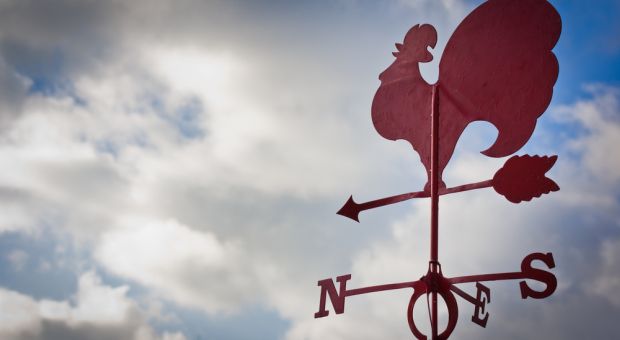


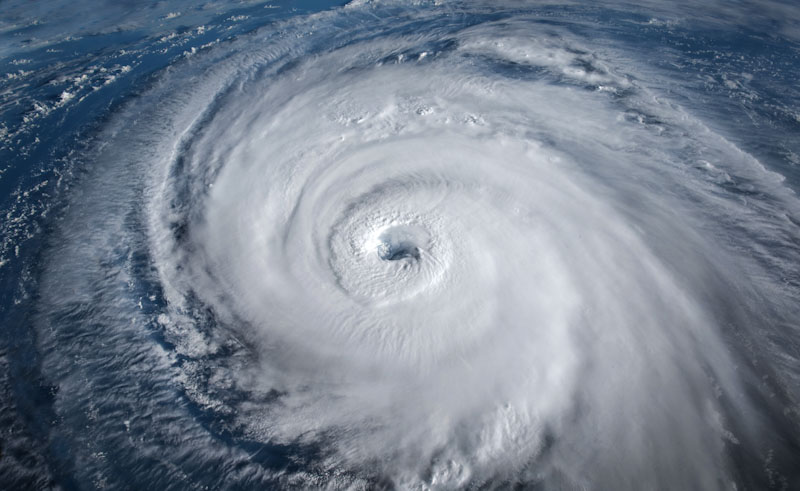
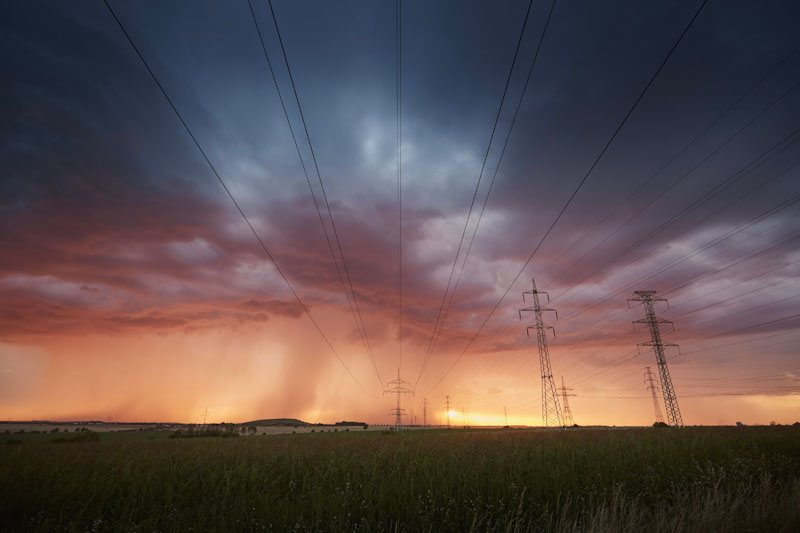
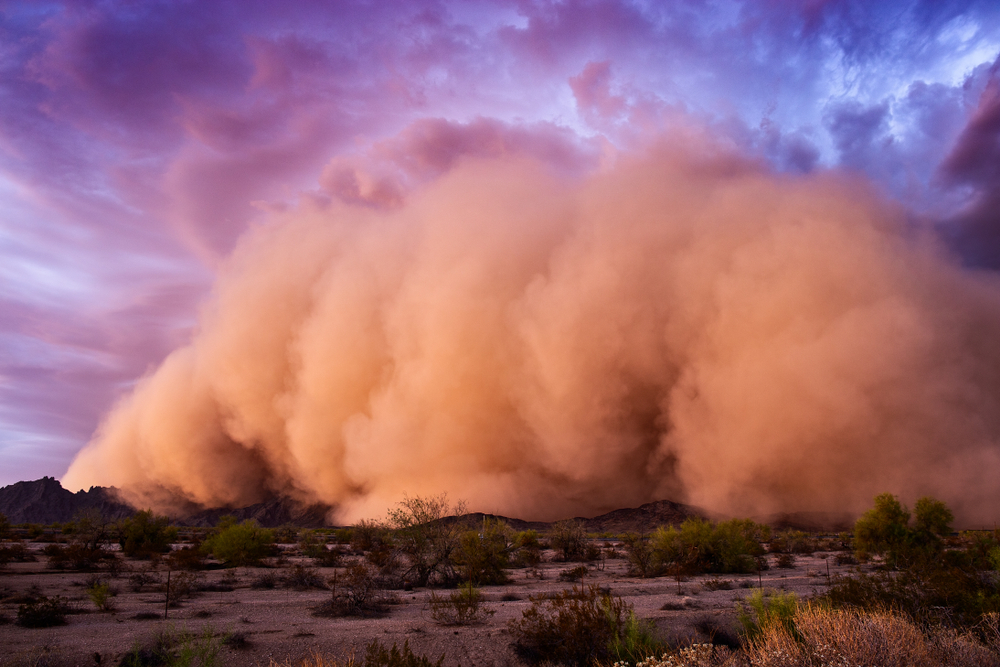
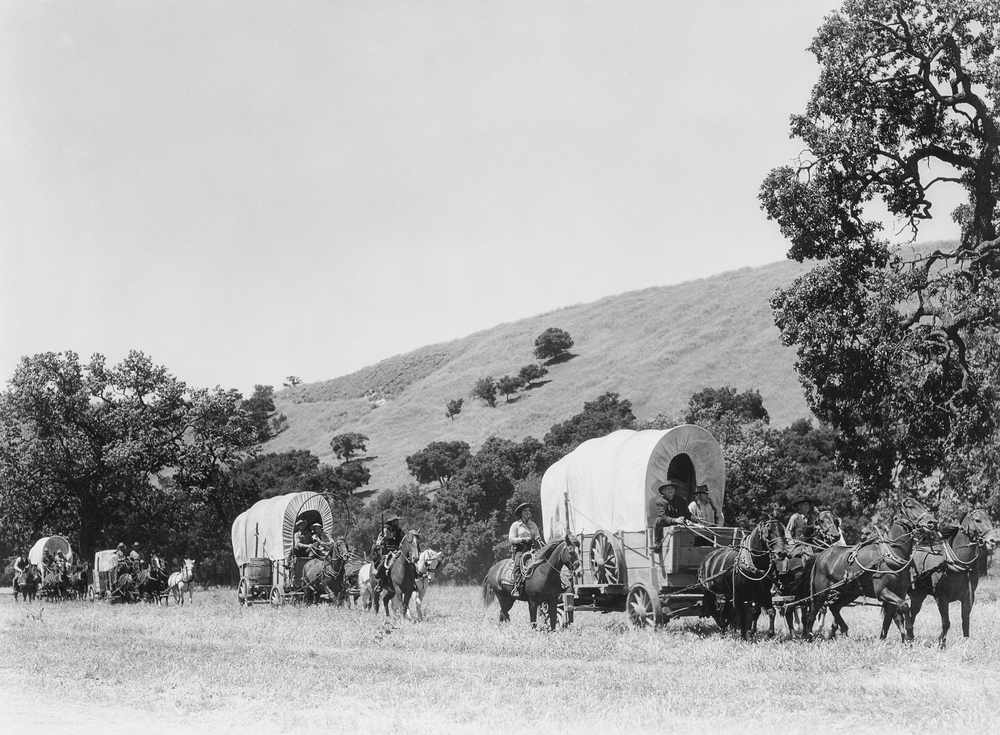

Bill in Idaho | November 25, 2018
|
These are some really Good Recollections, Bill. Since I am almost 80, I remember these well (well, Most of them). Special Note: Cloven Hooved Animals (Sheep, Goats, etc.) and Raptors (Eagles, Owls, Hawks) are Very Tuned-in to Coming weather changes and conditions. Thanks, and Take Care !
Missouri rural resident. | November 26, 2018
|
No mention of persimmon seeds (knife; fork; spoon)?? Old Indian, pioneer source…..
Bill in Idaho | November 27, 2018
|
Additional Note, Bill . . . The AltoCumulus (17000′- 24000′ MSL), CirroCumulus (25000′- 54000′ MSL), And CirroStratus Clouds (29000′- 45000′ MSL),Are Not that reliable as Local predictors. If the “Jet Stream” Moves them 400 miles or more in 12 hours, the Forecast may be useful, Just Not Where You Are !
Kevin S | November 8, 2019
|
There was a time when you could also predict the coming weather by the phases of the moon. But somehow, that has become unreliable now.
Jack | November 20, 2020
|
Good article. But surely weather manipulation and chem trails have diminished our ability to forecast the weather. The last few years, the jet stream has gone bonkers because of manipulation. Our crops have suffered greatly the last few years of late spring rain and then early fall rain.